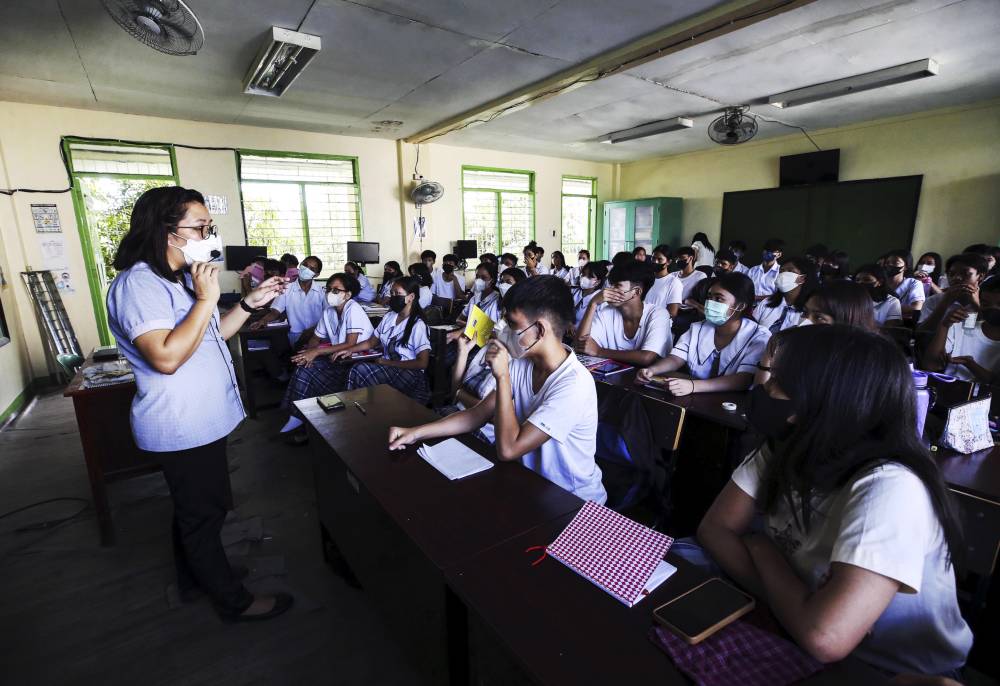Musings on the Filipino concept of bullying

The 2018 Programme for International Student Assessment (Pisa) indicated that some 65 percent of students had reported experiencing actions that can be considered as forms of bullying. The more recent 2022 Pisa report showed a lower percentage, though the Philippines remains in the lead among 81 countries.
The Pisa survey asked what actions the students might have experienced in the past months, though the word “bullying” did not appear in the survey itself. Fellow researchers and friends pointed out that students may not have necessarily seen those acts as forms of bullying. Maybe more as katuwaan, or joshing, or just having fun. Questions were raised: How do students, or Filipinos in general, perceive bullying? Is it really a norm within our society?
To help address the bullying problem, five studies were conducted by researchers led by Dr. Allan Bernardo from De La Salle University, for the Second Congressional Commission on Education (EdCom II).
One question that stayed with me is: What is the Filipino word for bullying? Language is a window to our culture. Despite our attempt to understand the concept through our language, we could not come up with a clear, direct Filipino translation. I can think of the different degrees of acts that may be considered as forms of bullying, from panunukso (teasing), pang-aasar (taunting), and pang-iinsulto (insulting), to the more extreme pang-aapi (oppressing). All these words capture acts that can be done both in person and online. Could Filipinos not perceive acts of bullying because we did not originally have this concept? Could it be that what we researchers may label as “bullying” is just part of the norm?
Personally, I refuse to accept the idea that there is no concept of bullying in the Philippines until the West told us what it is. Rather, I think that we should investigate the nuances suggested by our language. Anyone interested in Sikolohiyang Pilipino could explore the indigenous concept of bullying, as this could help inform anti-bullying programs that are more suited to the local cultural setting.
During the recent EdCom II presentation, renowned clinical psychologist Dr. Maria Lourdes Carandang pointed out that the normalization of bullying is probably also occurring within families and immediate communities. The discussion reminded me of how households often dismiss bullying as long as there is no physical violence involved. Bullies within families will often deny the act and insist that they are simply having fun, katuwaan. How many times have children been told that it was just harmless teasing and that if they feel bad, they’re at fault for being unable to take a joke? It is basically invalidating the children’s emotions.
Indeed, in our study, the quality of relationship between children and parents is among the factors of bullying. The attitude of the parents can affect feelings of victimization in their children. A warm, supportive, and positive parent-child relationship tends to reduce the likelihood of the child getting bullied. A large part of it boils down to family dynamics even before the child steps into school, and during the times they are not in school. This is where proper recognition of bullying and threats come into play.
Through our study, we found that while life skills training for children was effective, common punitive approaches were not. Skills training may include emotion regulation, coping strategies, empathy, and conflict resolution.
Additionally, it was found effective to raise awareness on bullying to assess threats.

















